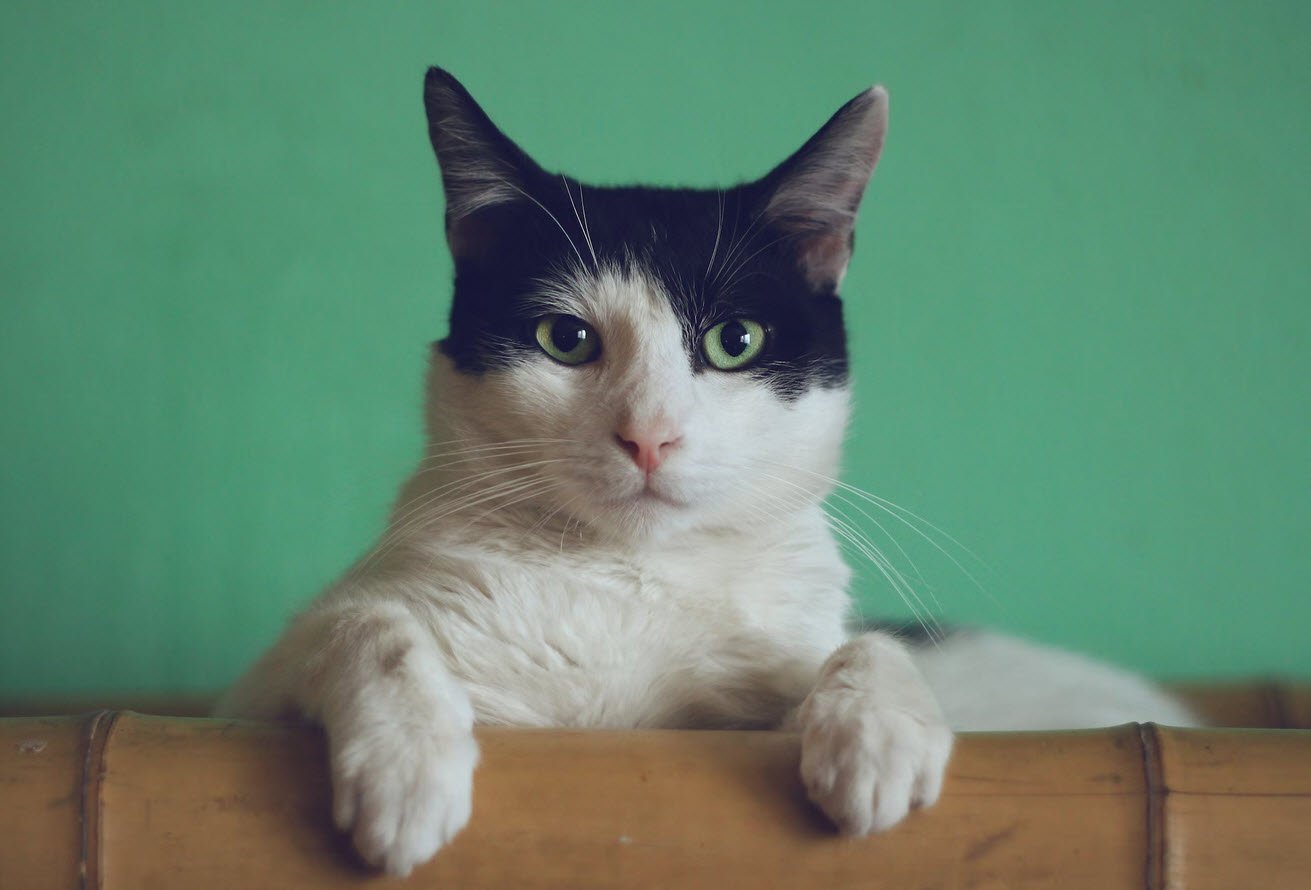
Cats, known for their resilience and independent nature, can suffer from various health issues, some of which can be excruciatingly painful. Unfortunately, cats often hide their pain well, making it challenging for pet owners to detect underlying problems. Being aware of the most painful conditions that cats can experience is crucial for early detection and prompt medical intervention.
Here are five painful conditions that commonly afflict our feline friends.
1. Feline Lower Urinary Tract Disease (FLUTD)
Feline Lower Urinary Tract Disease (FLUTD) is a common and painful condition affecting cats, particularly middle-aged, overweight, or stressed cats. It encompasses a group of disorders that affect the bladder and urethra. FLUTD can manifest as urinary tract infections, bladder stones, or even urethral blockages.

The symptoms often include frequent urination, straining to urinate, blood in the urine, and crying out in pain while attempting to urinate. Prompt veterinary care is essential to relieve the pain and address the underlying cause.
2. Eye Ulcers
Eye ulcers, or corneal ulcers, are painful conditions that affect a cat’s eyes. These ulcers can result from trauma, foreign objects, infections, or underlying health issues. Cats may display signs of discomfort, squinting, pawing at their eyes, excessive tearing, and avoiding bright lights. Eye ulcers can potentially lead to severe complications, including vision loss, if left untreated.

Immediate veterinary attention, along with prescribed eye drops or ointments, is necessary to manage the pain and promote healing.
3. Arthritis
Arthritis, more common in older cats, is a painful condition characterized by inflammation of the joints. It can result from wear and tear over the years, previous injuries, or underlying medical conditions. Cats with arthritis may exhibit behavioral changes such as decreased mobility, reluctance to jump or climb, altered grooming habits, and irritability due to pain.

Although arthritis is a chronic condition, its pain can be managed through various treatments like pain medications, joint supplements, and a comfortable living environment.
4. Blood Clots
Blood clots, also known as thromboembolisms, are a severe and painful condition that can occur in cats. These clots can obstruct blood flow, leading to pain, paralysis, or weakness in the affected limbs.

Blood clots are often associated with heart disease in cats and may result in sudden and severe symptoms. Immediate veterinary care is vital to address the clot and manage the associated pain, which can be excruciating for the cat.
5. Mouth Disorders
Mouth disorders, including dental diseases, gingivitis, stomatitis, and oral cancers, can cause significant pain and discomfort in cats. Cats may experience pain while eating, grooming, or even just opening their mouths.

Signs of mouth disorders include drooling, bad breath, reluctance to eat, pawing at the mouth, and inflamed gums. Regular dental care and routine check-ups with the veterinarian can help prevent or manage these painful conditions effectively.
Understanding these painful conditions and their potential signs can aid pet owners in providing timely and appropriate care for their feline companions. Regular veterinary check-ups, a healthy diet, and a loving, stress-free environment are essential aspects of maintaining a cat’s overall well-being and minimizing the risk of these painful ailments. Always consult a veterinarian if you suspect your cat is in pain or displaying abnormal behavior.
You may also like:- Top 10 Wild Cats of Africa
- 10 Reasons Why Your Cat Loves You
- Understanding and Caring for Cats with Diabetes
- Protect Your Cat With Vaccinations – A Guide to Feline Health
- Top 9 Human Foods That Are Toxic to Cats
- A to Z Famous Cat Names
- 8 Cat Breeds Known For Their Minimal Shedding
- How Much You Know About Cat’s Body Language?
- 8 Good Reasons to Choose a Cat as Your Furry Companion
- Top Symptoms of Kidney Diseases in Cats








